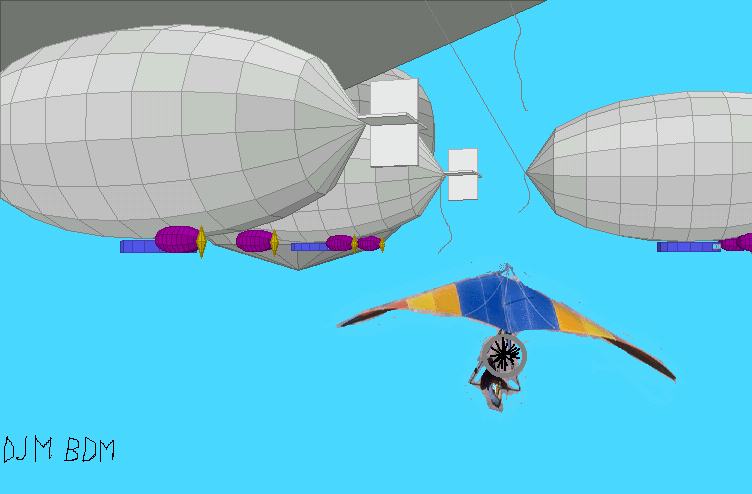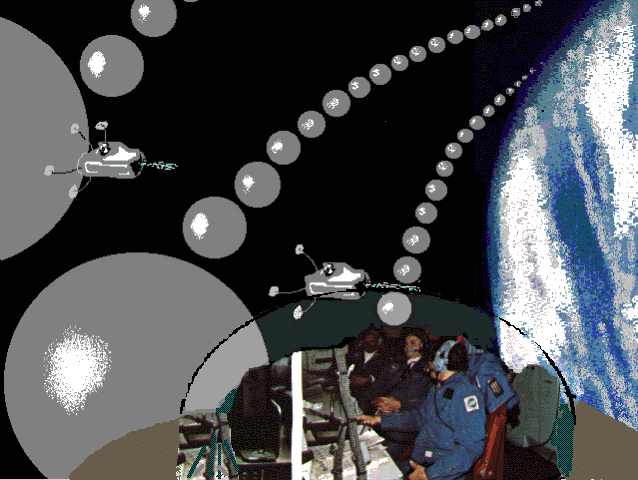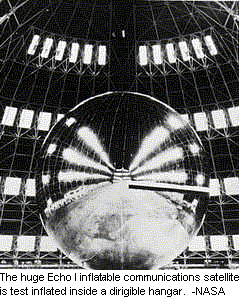A Cloud City on Venus

There is hope for Venus! First, we can fly blimps and dirigibles in the upper atmosphere (never to land). They can be filled with hydrogen with no danger of explosion or fire, since there is no free oxygen in Venus' atmosphere. Second, build a Dyson sphere around the planet to freeze out the atmosphere. (Venus' atmosphere is too thick.) Third, the excess carbon dioxide might be stored as calcium carbonate (limestone).
The slow rotation of Venus is a problem. It may be possible to increase a planet's spin by throwing mass or by magnetic fields. (Can one provide directed thrust from atomic bombs?)
Venus rotates backwards compared to the Earth with one rotation in 243 days when combined with its revolution makes the time from Solar noon to Solar noon as 117 Earth days.
The atmosphere is very thick with the surface pressure calculated at 88 times the atmospheric pressure at sea level on Earth. Venus' atmosphere is 2% nitrogen, some traces of helium, neon, and argon and 98% carbon dioxide. This huge reservoir of carbon dioxide has increased the surface temperature to 480 Celcius (900 Farenheit). The greenhouse effect is estimated to have added 280 C to the surface temperature; being closer to the Sun you would expect Venus to be hotter than the Earth.

The Venus Patrol would adjust the orbiting positions of a swarm of balloon satellites. The balloon satellites would be modeled after the 'Echo 1'. The swarm of satellites taken as a whole would constitute a Dyson Sphere around the planet Venus. This multi-part Dyson Sphere would be capable of reflecting whatever percentage of solar radiation away from Venus which was desired and could control the temperature of the planet. If we experience a run-away global warming on Earth, we could build a similar Dyson Sphere around the Earth to achieve a temperature drop. Freeman Dyson suggested the Dyson Sphere as a collector which an advanced society might build around its home star to use nearly 100% of a star's output.

Echo 1
The passive reflector satellite
As early as January 1946 the U.S. Army Signal Corps had bounced radio signals off of the Moon. The Moon is a natural passive reflector satellite. Military communications to and from Hawaii were routinely reflected off of the Moon between 1956 and 1962.
A passive reflector satellite is nothing more than a large reflecting surface (for light weight: a foil-coated balloon). While it is easy to build, you need a big, costly ground antenna because the signal only has 10^-18 of its original strength.
Echo 1 was launched in August 1960. It was a 30-meter inflatable foil-covered balloon that orbited at an altitude of 1,600 kilometers. It rode the rocket to orbit inside of a cylinder and inflated when there at orbit with little or no air to impede its motion. Echo1 was a NASA project with Bell Labs providing ground-station antennas. It operated for almost eight years, reflecting pictures and sound signals across the Atlantic Ocean and across the North American continent.
[Personal note by David Mossey: My father and I observed Echo 1 once soon after sunset.]
 Back to Lighter than Air
Back to Lighter than Air